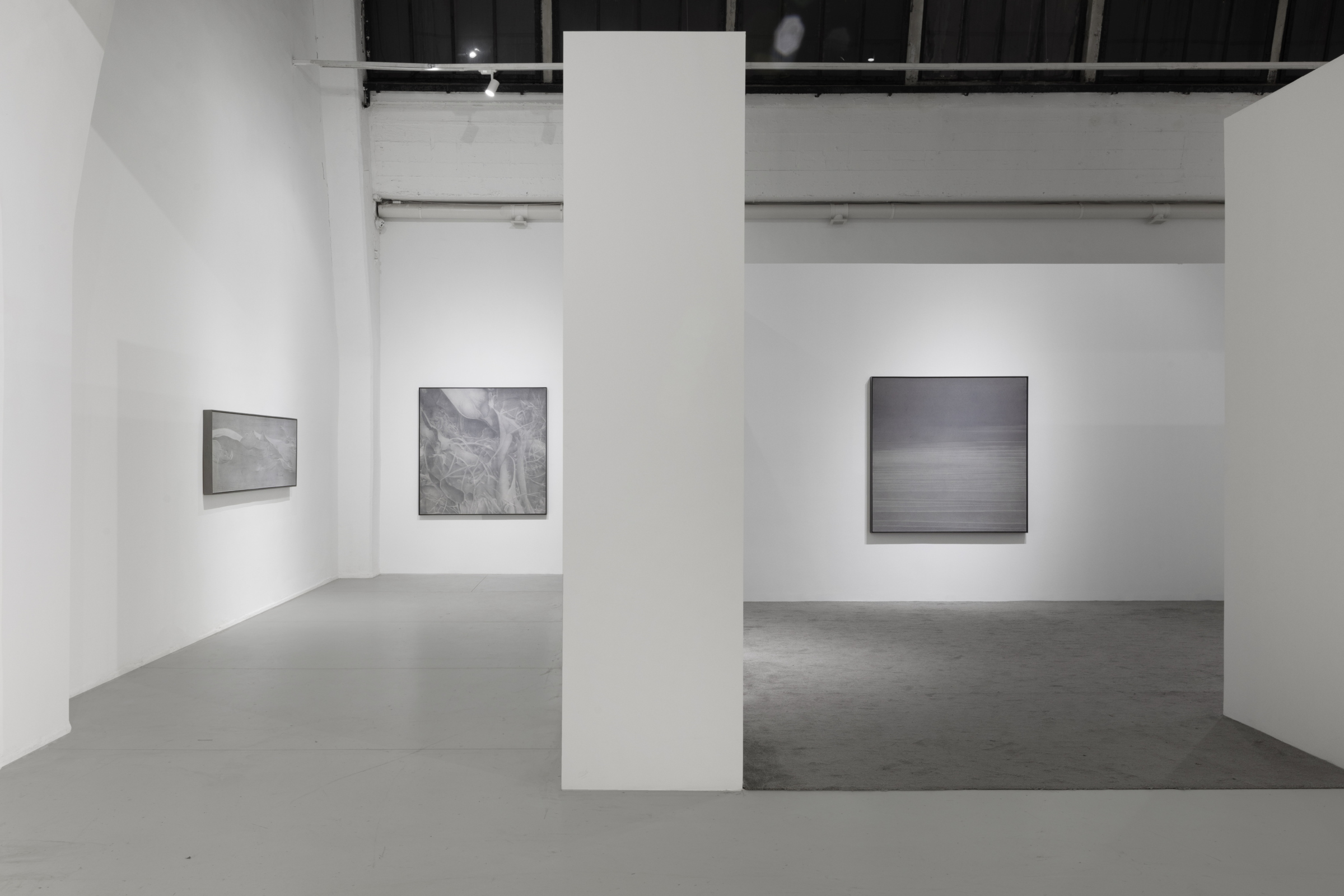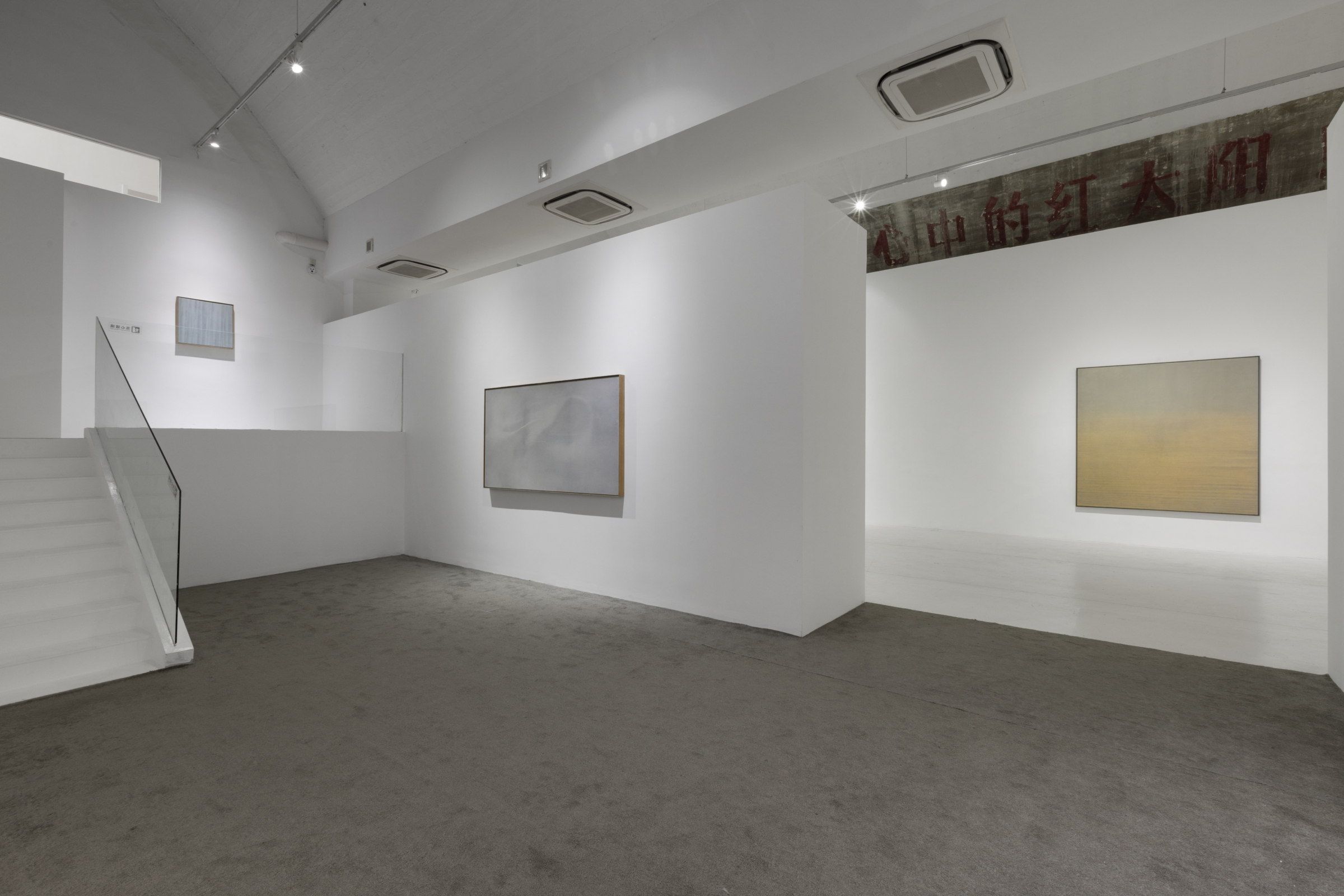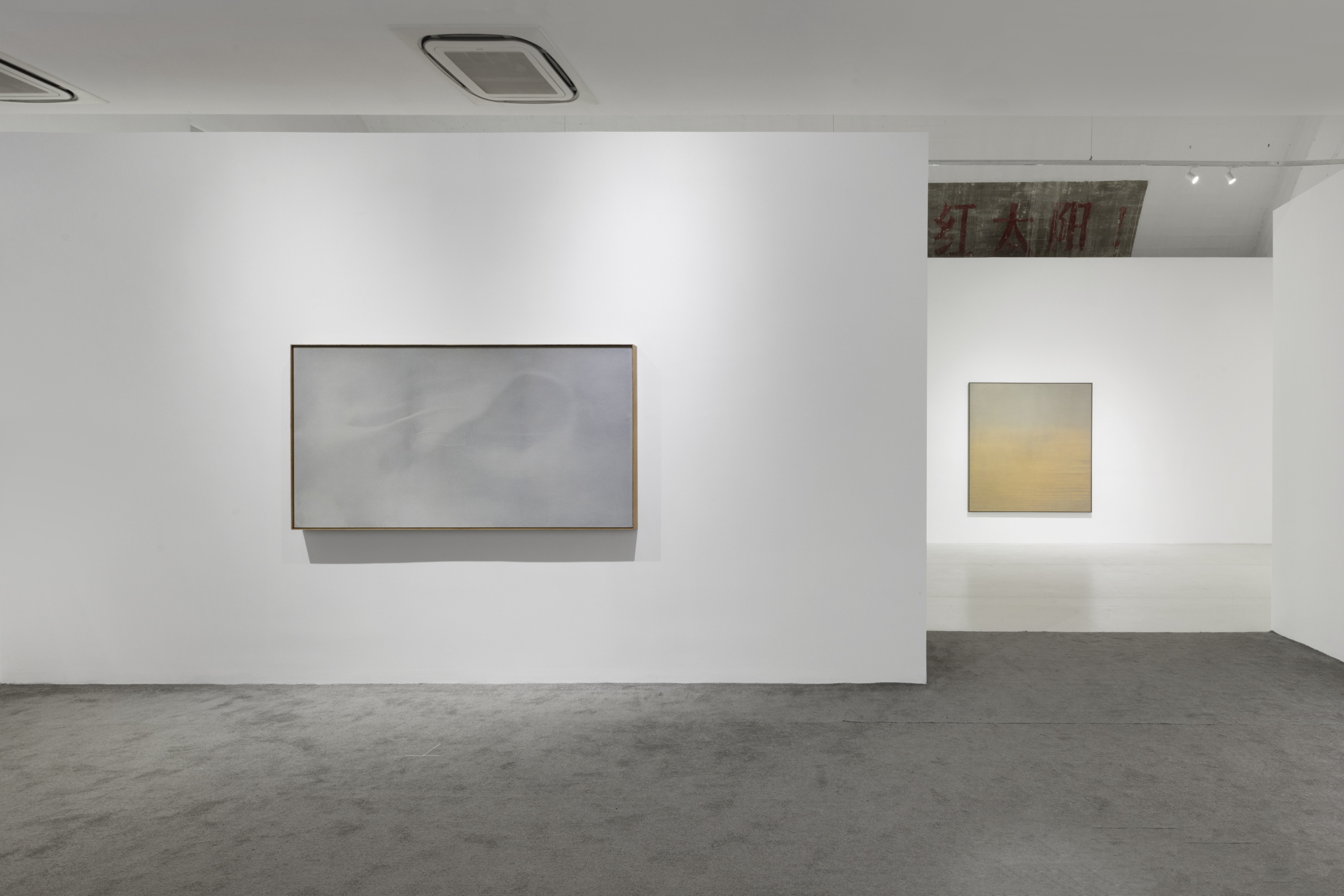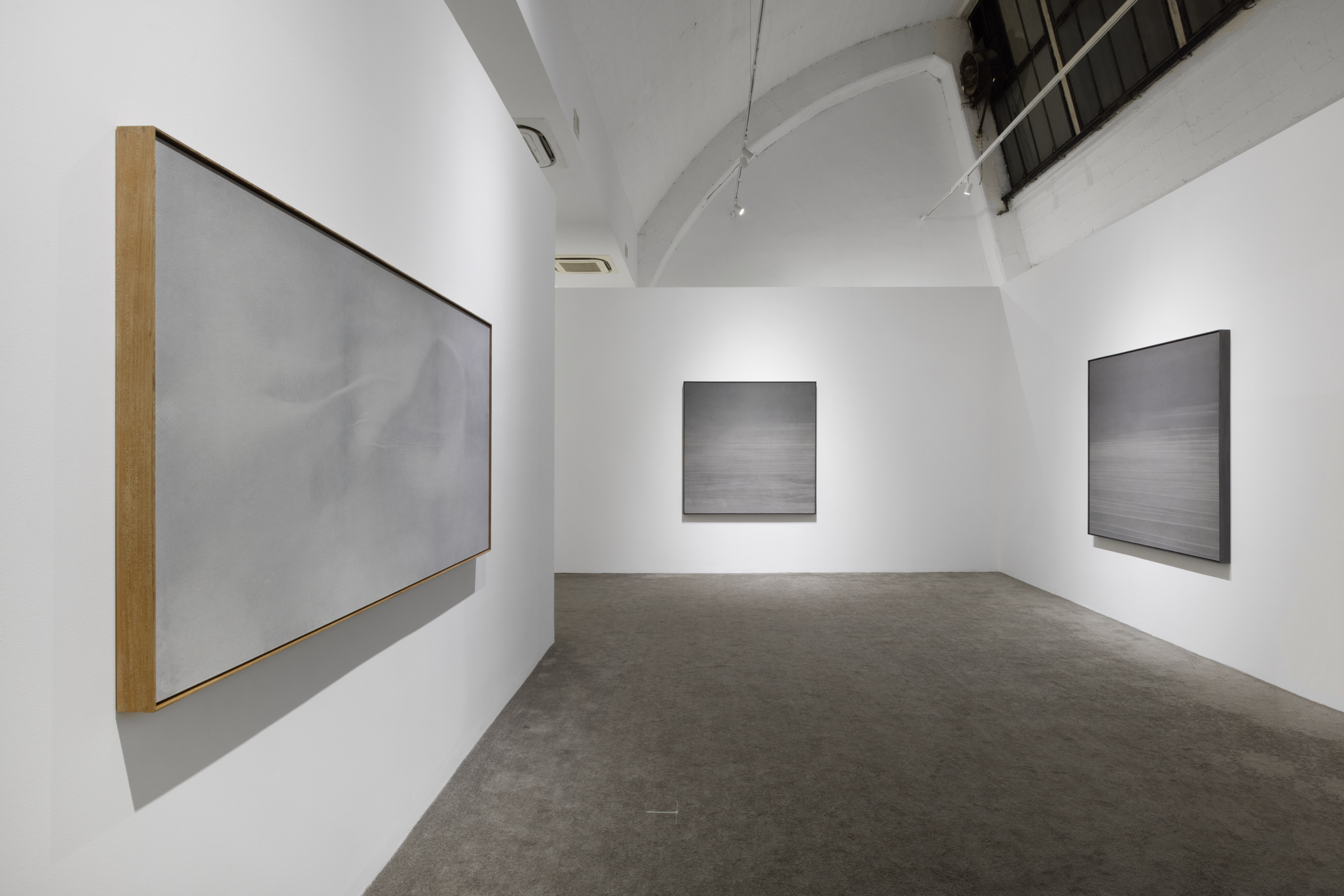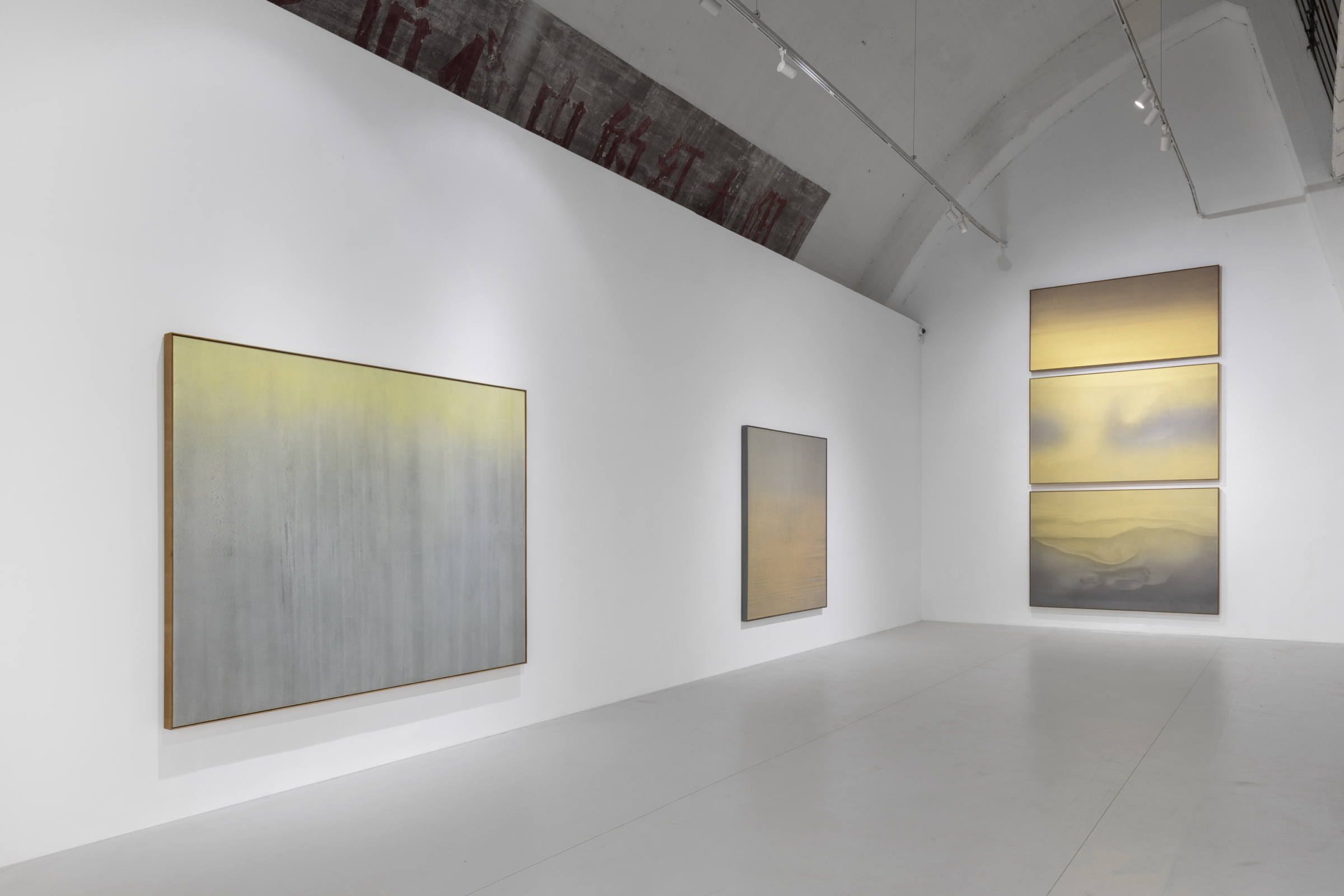Beijing
Wang Yongxue Imageries of Tranquility
2024/11/16–12/21
Tokyo Gallery + BTAP is pleased to announce the opening of Wang Yongxue's solo exhibition, “Imageries of Tranquility," on November 16th.
The exhibition will feature 15 works from Wang Yongxue's recent “Sandbank," "Poplar", and "Bamboo Forest” series, presenting the intellectual realm of “To occupy oneself with the spirit-like operation of heaven and earth, and do not try to rise above the myriads of things.” in Zhuangzi’s “Zhuangzi · The Land Under the Heaven.”
Wang Yongxue paints with mineral pigments on paper, in a form that lies between Chinese painting and Western painting, from which he draws intellectual resources for his painting. His previous "Bamboo Forest" and "Cold Emerald” series demonstrated distinctive Chinese literati painting qualities. In contrast, an earlier series of "Thorns" is intimately tied to the visual symbols of European religious paintings. His latest series of “Sandbank” and “Poplar” are Wang Yongxue's innovative practice of blurring and bridging the gap between Chinese and Western paintings through their integration.
Wang Yongxue's depiction of the desert and the poplar trees buried within points to imageries of annihilation and emptiness. The desert alludes to the passing of time, the destruction of civilization, and even life, where everything turns to dust. In Wang Yongxue's view, the desert represents the pure image of purifying evil, and his image-making for the desert with utmost humility is a way of visualizing annihilation and emptiness. These images reveal his spirituality, reflecting his cultural concept of “divine enlightenment” – a notion closely tied to his travel experience and his readings of various forms of texts and images, and life consciousness.
Zhuangzi·Knowledge Rambling in the North states, “Men's life between heaven and earth is like a white colt's passing a crevice, and suddenly disappearing.” Wang Yongxue has grasped the dualistic relationship between the instant and eternity amid the shadow of the bamboo and the flying sand, the wind in the bamboo forest, and the rustling of the desert. For this reason, from the "Bamboo Forest" to the "Sandbank” series, Wang Yongxue's paintings are always characterized by hazy visual imagery. In other words, when Wang Yongxue “observes” the bamboo forest and the desert, his gaze and the mental image merge, when the gaze and its diffusion are in suspense and juxtaposition.
Wang Yongxue pursues a spiritual, metaphysical existence in his creations to bring his thinking about art to the roots of Chinese culture and to the ideas of how Chinese ancestors viewed the world. From the beginning to the end, he has contemplated how artistic language, forms, and concepts shape one another. Still, his inner spirit and temperament of exchanging with the celestial is the intellectual basis supporting his creations' continuous and in-depth development. As the saying goes, my nature is self- sufficient, not seeking from outside, where the imageries of silence will flourish.
This exhibition is part of BTAP+Gallery's ongoing research project on “Neo-Moroism."The exhibition will be on view until December 21st, and we look forward to your visit.

